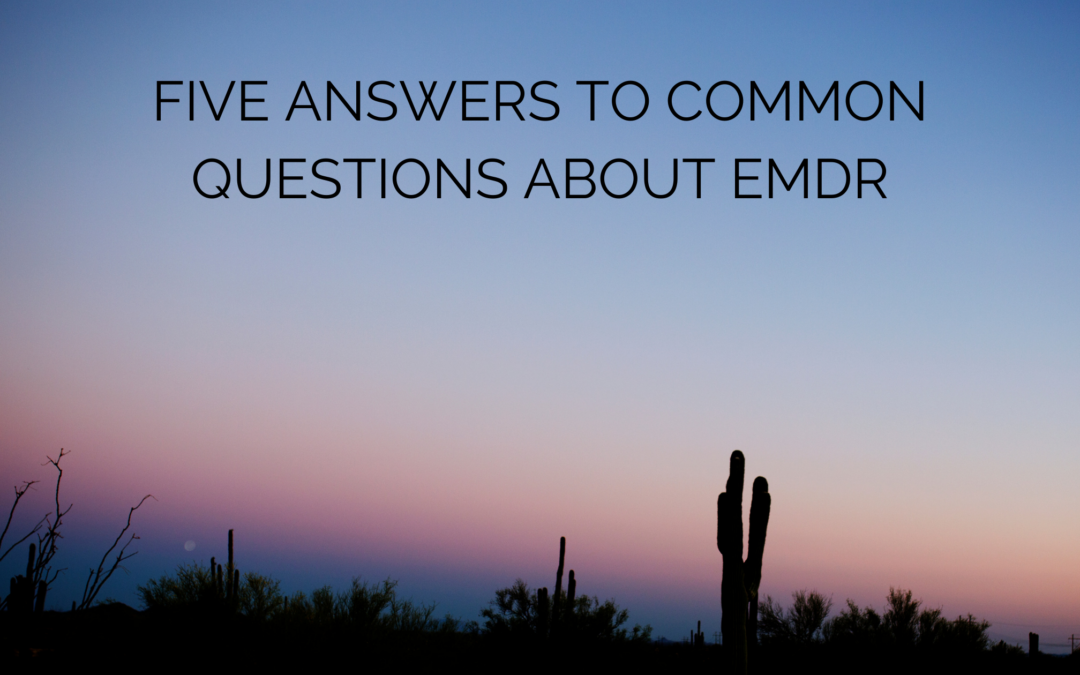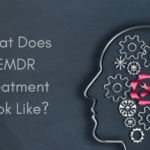Eye Movement Desensitization and Reprocessing (EMDR) is one of the most effective trauma treatments available. There is a great deal of research that validates the approach and it is being more widely used by therapists on many different conditions. Erin Staniszeski, LCSW is a certified EMDR therapist and EMDRIA approved consultant who has many years of experience using EMDR to treat a multitude of trauma types. She is an expert at utilizing the technique to promote her clients’ healing, and she was asked to answer several common questions about EMDR. See her responses to these questions below:
1. Is EMDR only useful for treating trauma? What other types of problems can be addressed?

2. How long will it take for me to notice improvement?
This is different for everybody. When we are working on a single incident trauma (such as a car accident), clients often notice significant improvement within 1-3 sessions. When we are working on childhood trauma, or negative core beliefs, this tends to take longer because there are more events/experiences to process. When we are working on this type of trauma, change is often gradual. You will eventually start to notice that you’re feeling more confident or maybe you’re not as consumed with worry or maybe you aren’t fighting with your partner as much.
3. Will EMDR help me recover lost memories associated with my trauma?

4. Can EMDR be used with children and adolescents?
Yes, EMDR is used with children, adolescents, and adults. You can even use it with babies and toddlers! We often modify certain parts of the EMDR protocol to help make it easier for younger clients to participate. This could involve having a child draw a picture of their problem, or maybe even playing out the trauma by using play/toys during EMDR. When we make the appropriate modifications for the individual child or adolescent, EMDR can be a tremendously efficient and effective tool to resolve many types of challenges.
5. Can EMDR be done virtually? How does this work?

I hope these answers were helpful as you are learning about EMDR. I encourage you to visit our website and blog to learn more about EMDR and how it might be helpful for you. If you would like to speak with me or another therapist about this technique and whether it is a fit for your situation, you may schedule a free consultation through our website or by phone, (720) 675-7123.




